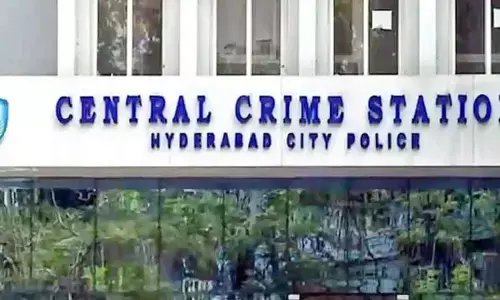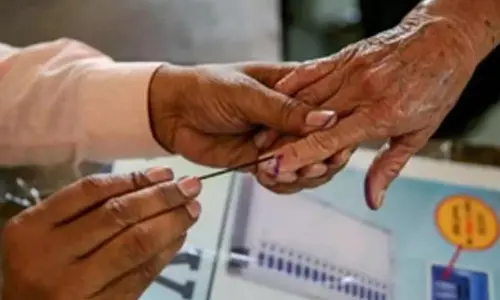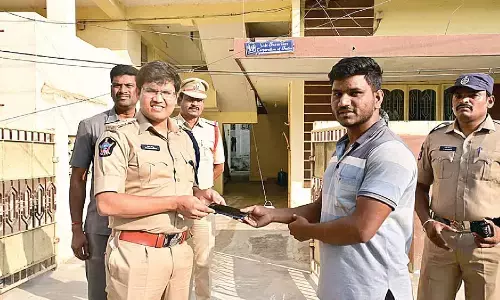Five questions LIC should answer

How did an insurance company that has no major prior experience in handling banking business end up taking over one of the worst performing banks in the country
How did an insurance company that has no major prior experience in handling banking business end up taking over one of the worst performing banks in the country?
Beginning with the UPA-era, the centre has been scouting for potential buyers for smaller state-owned banks to push ahead with their privatisation agenda. This was after several experts, including the P J Nayak committee, had recommended that the government exit its majority stake in state-run banks to kick off the next round of banking reforms.
Yet, nothing worked as there was no special interest from the private sector to take ownership of badly governed, inefficient and NPA-ridden state-run banks. Various programmes announced to set things right in the public sector banking (PSB) space only helped to make headlines but the structural problems remained the same.
The hunt for potential buyers continued after the Narendra Modi-government took over the baton, but it too did not meet with any success. With no interest coming from private investors, the government turned to its favourite milch cow, LIC and asked it to do the job. The insurer, with no significant prior experience in dealing with complex banking operations, agreed to take a majority stake in one of the worst performing banks in the country with total NPAs (non-performing assets) amounting to close to 30 per cent. That’s how one can sum up the LIC-IDBI deal.
The LIC-IDBI Bank deal is a perfect shortcut to kick off the government's privatisation agenda that has been stuck for long. But it will not necessarily send a good signal to the investor community because there is no fresh private money coming in.
LIC is basically using the funds collected from its customers to buy out a bank. It takes off some burden from the government that is saddled with capital-hungry zombie banks. But, what does the deal really mean for LIC?
There are five major questions the state-run insurer must answer while betting big on a zombie bank:
1) Why did LIC want to buy out a bank, that too an NPA-ridden lender, in the first place?
There aren’t too many analysts who consider the LIC-IDBI deal a wise move by the insurer. The insurer is jumping into a deal where it is becoming the promoter of a bank. This too, with no prior experience in handling banking business, and, at a time when even some of the biggest banking institutions in the country are struggling to find financial stability on account of rising bad loans or NPAs. Already, LIC holds stakes in all the 21 public sector banks (PSBs), and in at least six of them, it holds an over 10 percent stake.
2) How does this deal make business sense to LIC?
As the IDBI Bank promoter, it can look at cross-selling its products to bank customers and manage IDBI just like it treats LIC Housing Finance. But, unlike the housing finance arm, it is getting into multiple problems by picking a majority stake in one of the most problematic banks in India. The bank is already under the prompt corrective action (PCA) plan of the Reserve Bank of India (RBI) on account of its financial ill-health.
3) Shouldn’t LIC focus on its core business at a time when it is losing market share?
LIC remains the market leader in the insurance sector, but it is also losing market share to private players over years. According to this Livemint analysis, LIC’s market share has fallen to 67.32 percent as of March this year from 75.44 percent in March 2014.
4) Does LIC have enough expertise or a plan to clean-up IDBI's balance sheet?
Merely providing capital won't be enough. LIC’s immediate task will be to cut down the NPAs on IDBI Bank’s books. In the fourth-quarter of fiscal 2017-18, IDBI Bank's net loss widened to Rs 5,662.76 crore as a higher provisioning for NPAs hurt its bottom line. Gross NPAs rose to 27.95 percent of its loans at the end of March 2018, compared with 21.25 percent at the end of March 2017. In absolute terms, gross bad loans stood at Rs 55,588.26 crore as against Rs 44,752.59 crore on 31 March, 2017. Provisioning for NPAs were raised to Rs 10,773.30 crore in the fourth-quarter of the fiscal ended March 2018, up from the Rs 6,054.39 crore parked aside in the year-ago period. What does LIC intends to do with such a balance sheet?
5) How will LIC explain to its customers the huge capital burden that falls on it to keep the bank afloat?
A one-time investment will not be enough to fill the capital void in the bank. The lender will require huge chunks of capital infusion every year. This is evident from the ‘begging bowl syndrome’ of state-run banks; every year these entities line up before North Block for capital for survival and are never able to fend for themselves, which is what their private sector counterparts do. For IDBI bank, this deal is a winner as it gets the much-needed capital support but for LIC, this is probably the biggest investment gamble it has ever done in its history.




















